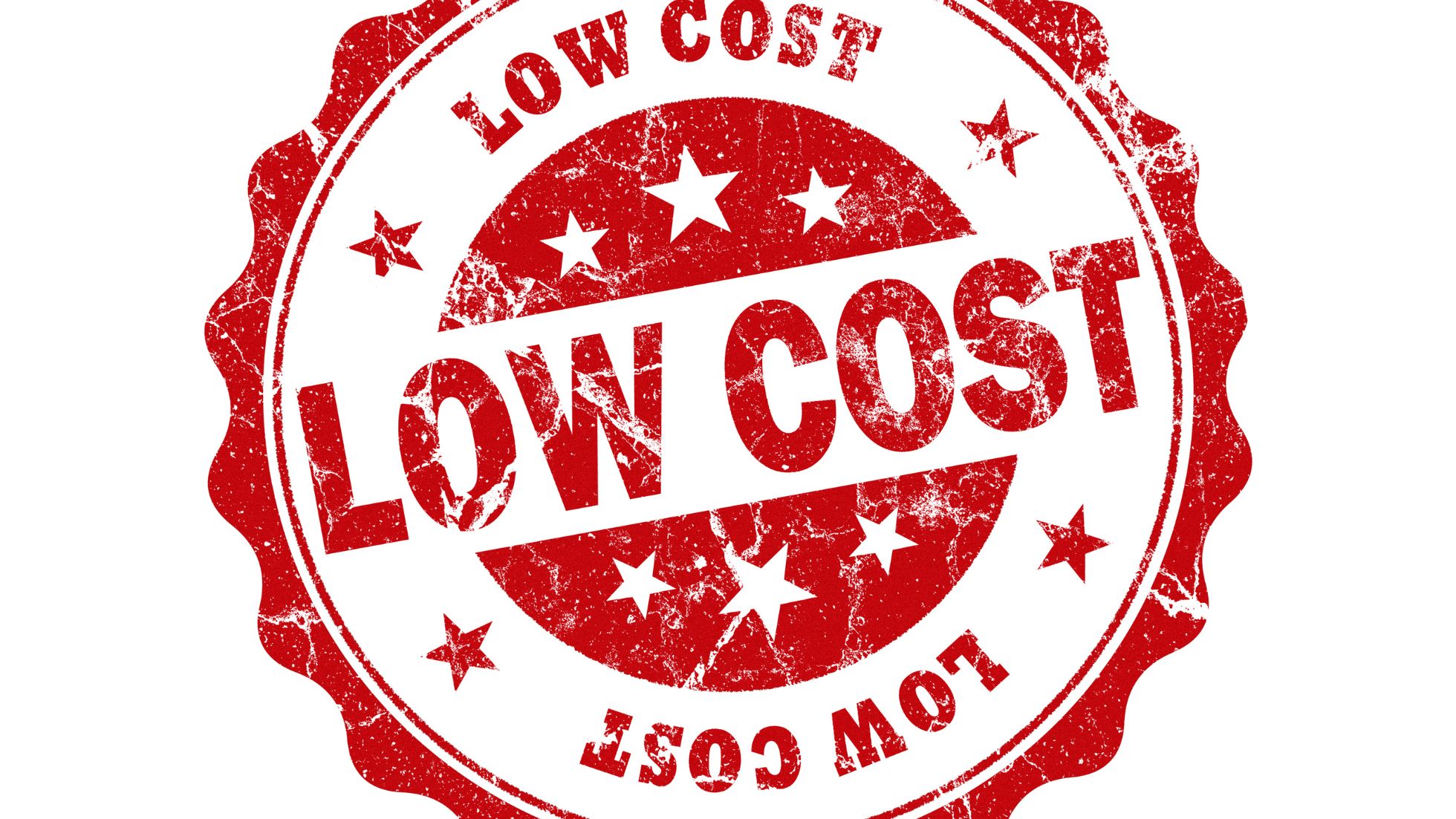 Apps
Apps
Low Cost Mobile App Development – 11 Tips for Maximizing Low Code Savings
In today`s world, the demand for mobile application development is reaching unprecedented heights. Whether you’re a startup, SME, or entrepreneur with a groundbreaking idea, or a business owner looking to expand your digital footprints, android app development cost, and iOS app development cost are vital factors for business growth.
Today, we explore the basics of low-cost mobile app development, exploring key aspects, and guiding you through the process.
11 Tips for Maximizing Low Cost Mobile App Development
Low cost mobile app development company doesn’t mean compromising on quality or functionality. With strategic planning and a focus on efficiency, you can extract the maximum value from your budget. Here are 11 tips in below:
1. Define Clear Objectives
Begin with a crystal-clear understanding of your app’s purpose and target audience. Clearly defined objectives serve as a roadmap, guiding the development process and minimizing unnecessary features that could inflate costs.
2. Prioritize Features Wisely
Identify and prioritize the must-have features for your app. By focusing on core functionalities, you can get the most out of development, reduce costs, and improvise a more straightforward user experience.
3. Leverage Low-Code Development Platforms
Explore the power of low-code development platforms. These tools enable you to create robust applications with less manual coding, accelerating the development process and reducing costs.
Bonus Read: Progressive Web App Cost is Cheaper
4. Optimize Resource Allocation
Allocate resources based on project requirements. Assess whether in-house development or outsourcing specific tasks is more cost-effective. Striking the right balance ensures optimal resource utilization.
5. Agile Development Methodology
Embrace agile development methodologies to enhance collaboration, adaptability, and responsiveness throughout the development lifecycle. This iterative approach facilitates quicker development cycles and allows for ongoing adjustments based on feedback.
6. Open Source Tools and Frameworks
Integrate open-source tools and frameworks into your development process. These cost-effective solutions provide a foundation for building robust applications without the added expense of licensing fees.
7. User-Centric Design
Prioritize user experience and interface design. A well-designed, user-friendly app not only boost customer satisfaction but also reduces the likelihood of post-launch revisions, saving both time and money.
Learn Why Web App Development Cost is Always Cheaper?
8. Thorough Testing Protocols
Invest in thorough testing to identify and rectify issues early in the development process. Catching and fixing bugs in the initial stages prevents costly rework later on and ensures a smoother, more reliable app.
9. Scalability Planning
Design your app with scalability in mind. A well-architected solution can grow with user demand, eliminating the need for costly overhauls as your user base expands.
10. Continuous Monitoring and Optimization
Implement continuous monitoring of app performance post-launch. Analyzing user behavior and app metrics enables you to make informed decisions for ongoing optimization, sustained cost-effectiveness.
11. Strategic Marketing and Launch
Develop a strategic marketing plan to promote your app effectively. Building anticipation and creating a buzz around your low-cost app can maximize user acquisition, ensuring a more rapid return on your investment.
Read Why Hybrid App Development Cost is Higher?
Benefits of Low Code Mobile App Development for Startups & SMEs
Here are 7 benefits that highlight the advantages of low cost mobile app development usa.
1. Accelerated Development Speed
Low-code platforms significantly reduce the time and effort required for mobile app development. With pre-built templates, drag-and-drop functionalities, and a visual interface, developers can rapidly assemble applications, resulting in faster time-to-market.
2. Cost Savings Across the Development Lifecycle
The development process inherent in low-code platforms translates to significant cost savings. By minimizing the need for extensive coding and reducing development time, businesses can achieve their app objectives without incurring unnecessary expenses.
3. Collaboration Between Business and IT
Low-code development builds collaboration between business and IT teams. With a visual, user-friendly interface, stakeholders can actively participate in the development process, providing real-time feedback and ensuring that the final product aligns closely with business requirements.
4. Increased Productivity and Resource Utilization
Developers can focus on high-impact tasks rather than laborious coding, leading to increased productivity. This allows organizations to make better use of their development resources, leveraging their skills for more strategic and creative aspects of the application.
5. Rapid Prototyping and Iterative Development
Low-code platforms facilitate rapid prototyping, enabling developers to quickly create prototypes for testing and validation. This iterative development process ensures that the app evolves in response to user feedback, resulting in a more refined and user-friendly final product.
6. Easy Maintenance and Updates
Maintenance becomes more straightforward with low-code development, as the visual interface allows for easy identification and rectification of issues. Additionally, updating and adding new features can be accomplished efficiently, so the app remains current and competitive in the market.
7. Scalability without Compromising Performance
Low-code apps are designed with scalability in mind. As user demand grows, the underlying architecture can adapt, eliminating the need for extensive re-coding so the app can handle increased traffic and evolving business requirements without sacrificing performance.
The Rising Demand for Low Cost Mobile App Development
Mobile applications have become the backbone of many businesses, providing a direct channel for customer engagement. The need for cost-effective solutions has given rise to a surge in low cost mobile app development company in USA.
The app market’s total revenue is set to follow an impressive trajectory, with an anticipated annual growth rate (CAGR 2022-2027) of 8.83%. By 2027, experts predict a substantial market volume, reaching a whopping US$673.80 billion. This surge underscores the ever-expanding role of AI medical diagnosis apps in our daily lives and their significance across various industries.
Revenue Breakdown
Breaking down the revenue streams, in-app purchases (IAP) are projected to contribute significantly, with an estimated US$149.90 billion in 2024. The allure of enhanced features and functionalities through in-app purchases continues to be a driving force behind this substantial revenue segment.
Paid apps, although a smaller slice of the pie, are expected to generate US$5.02 billion in 2024. This figure emphasizes that users are willing to invest in premium experiences, contributing to the diversity of revenue sources within the app market.
Advertising revenue takes center stage with an estimated US$265.80 billion in 2024. Ad-supported models thrive as businesses recognize the potential of reaching a vast audience through strategic placements within popular apps.
User Engagement and Downloads
The app market’s vitality is mirrored in the astounding number of downloads projected for 2024 – a staggering 235.30 billion downloads. This exponential growth reflects the diverse array of apps available and the increasing digitalization of various aspects of our lives.
Average Revenue per Download
While downloads soar, the average revenue per download is forecasted to be US$1.79. This metric underlines the financial potential for app developers and businesses adopting effective monetization strategies. It’s not just about the number of downloads but also about maximizing revenue from each user interaction.
Source: Statista
Unveiling the Myths Surrounding Low Cost Mobile App Development Company
Myth 1: “Low Cost Equals Low Quality”
Cost-effectiveness doesn’t equate to subpar quality. We explore how advancements in technology and processes enable the creation of high-quality apps on a budget.
Myth 2: “Low Code Means Limited Customization”
Addressing the misconception that low-code development restricts customization options. We showcase how low-code platforms offer a balance between efficiency and flexibility, allowing for tailored solutions.
Myth 3: “Low-Cost Apps Lack Security Features”
Security concerns often deter businesses from opting for low code mobile app development cost. We debunk this myth, shedding light on the robust security measures integrated into budget-friendly mobile applications.
Conclusion – Low Cost Mobile App Development
In conclusion, low-code mobile app development offers many benefits that extend beyond cost savings. From accelerated development speed to improved collaboration and scalability, businesses can adopt low-code platforms to create robust, feature-rich applications.
Low Cost Mobile App Development Company FAQs
How does low-code development impact customization options?
Low-code platforms strike a balance between reliability and customization. They offer a range of pre-built modules while allowing for extensive customization, and flexibility in app development.
Are low-cost mobile apps secure?
Absolutely. Security is a priority in low code mobile app development cost. Robust measures, such as encryption and secure authentication, are implemented to safeguard user data and the app’s integrity.
Can a low-cost mobile app compete with high-budget counterparts?
Yes, with the right approach. By focusing on core functionality, efficient design, and strategic features, a well-executed low-cost mobile app can compete effectively in the market.
How do I choose the right low-cost mobile app development company USA?
Consider factors such as experience, expertise, client testimonials, and portfolio. Look for a company that aligns with your goals and understands the unique requirements of your project.
What is the cheapest price to make an app for startups?
The cost of developing an app for startups can vary widely, but a conservative estimate would be in the range of $10,000 to $50,000, depending on factors such as complexity, features, and development location.
Can you build a mobile app for free in 2024?
While some platforms may offer limited free app-building tools, creating a fully-featured and professional mobile app typically involves costs for development, hosting, and maintenance. In 2024, it’s unlikely to build a high-quality mobile app entirely for free.
What is the cheapest way to get an app built for startups?
For startups seeking the most cost-effective approach to app development, leveraging low-code platforms or hiring offshore developers can be economical options while maintaining quality.
View All Posts








